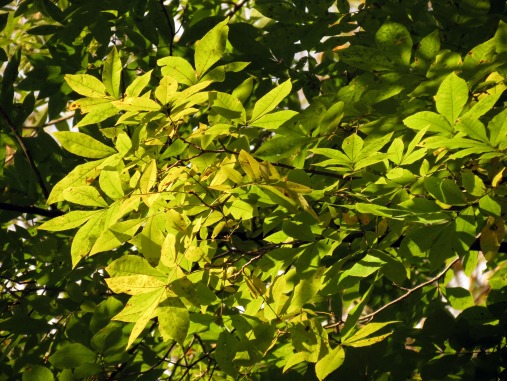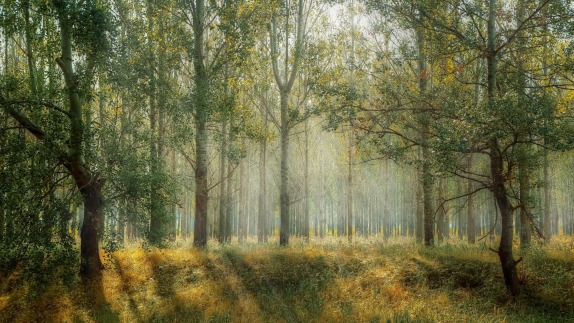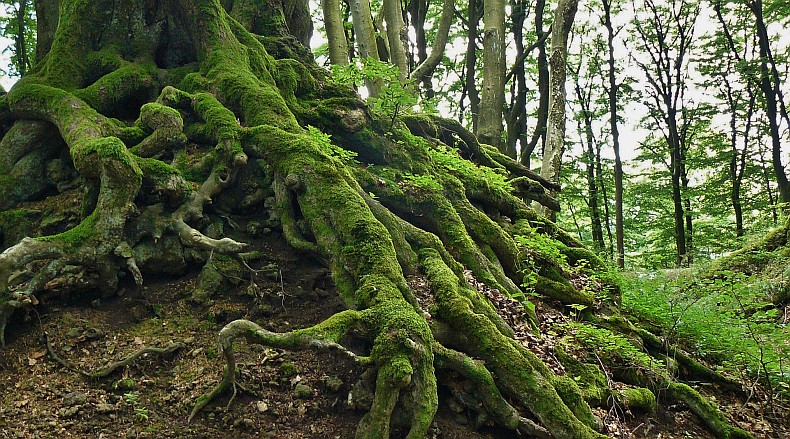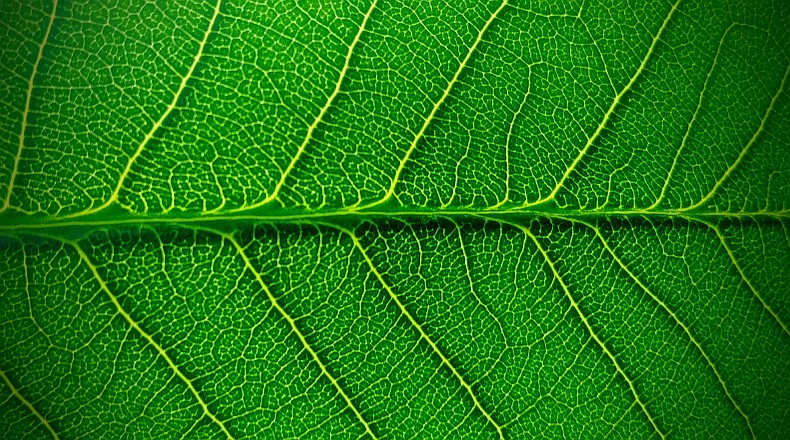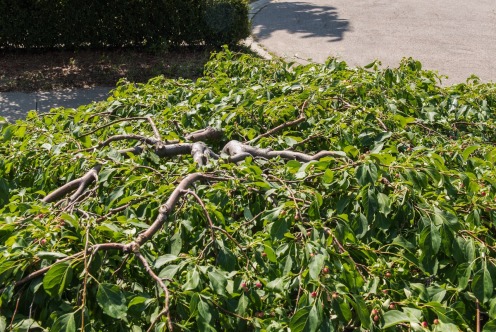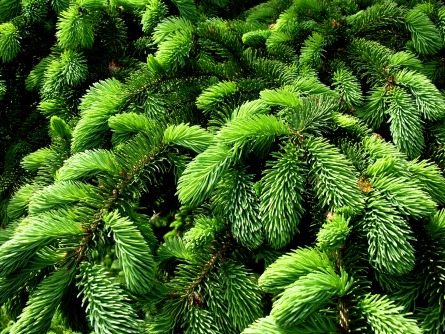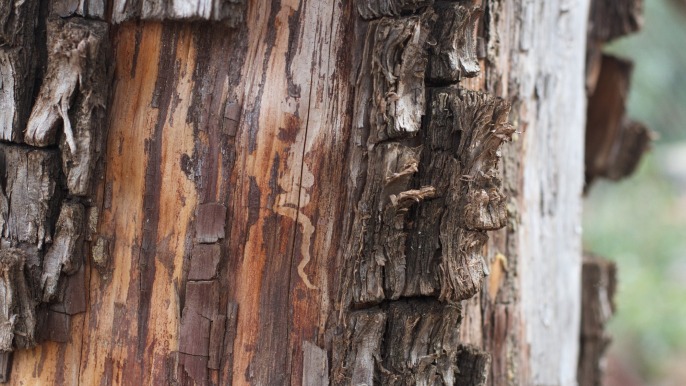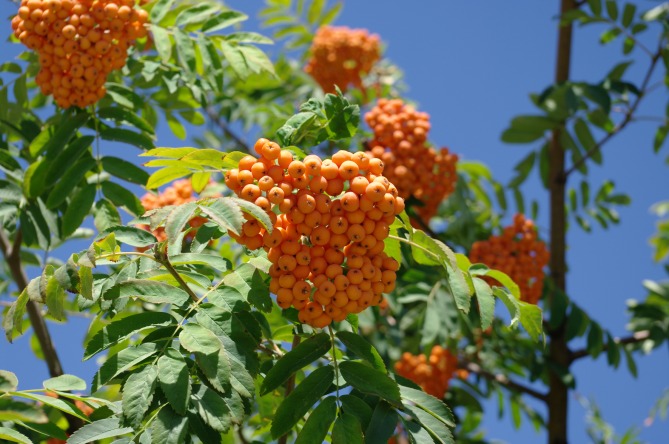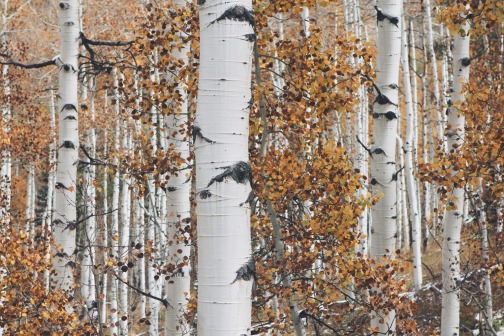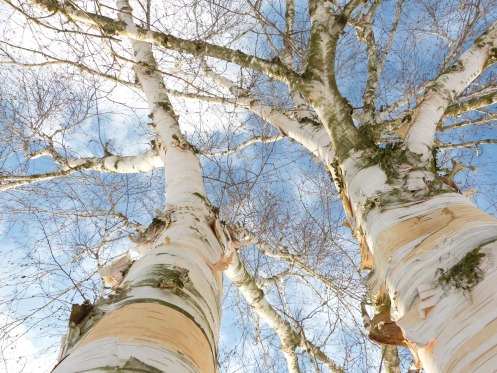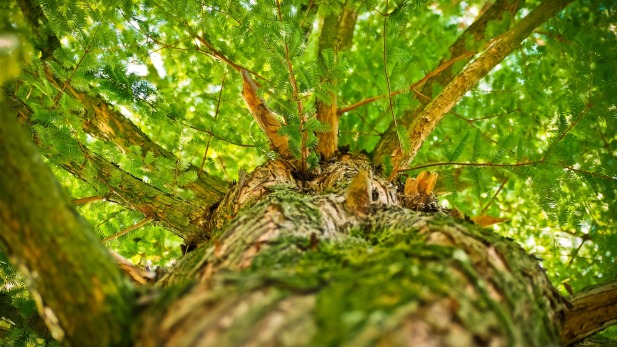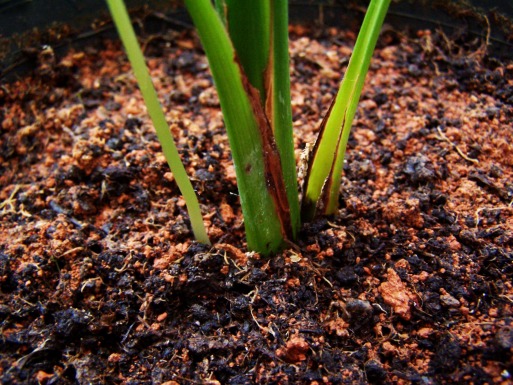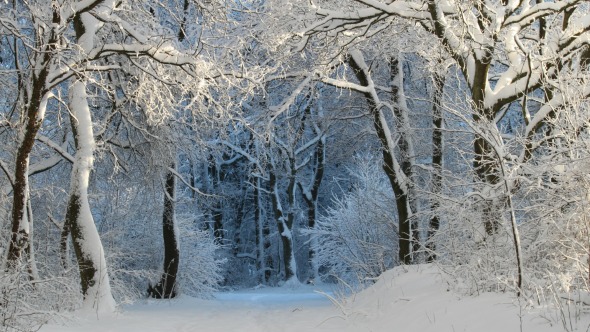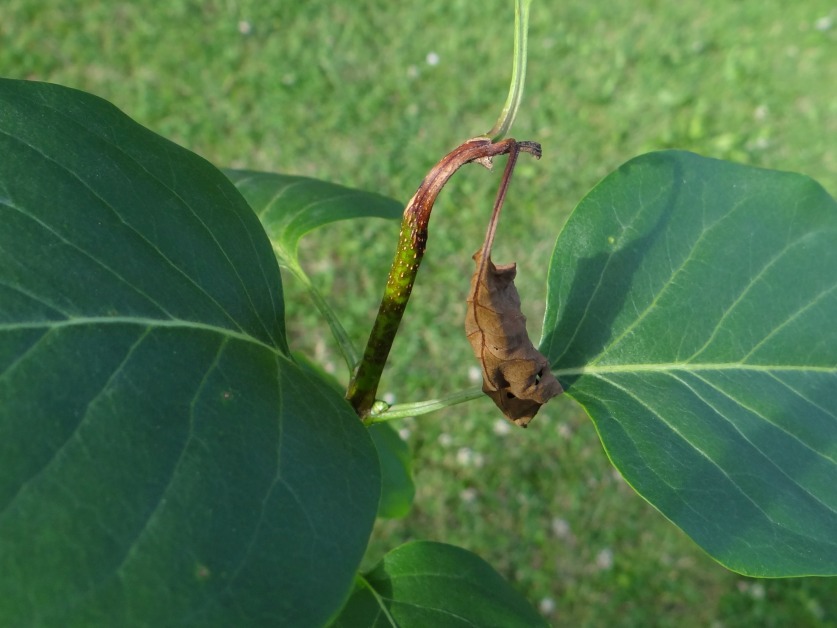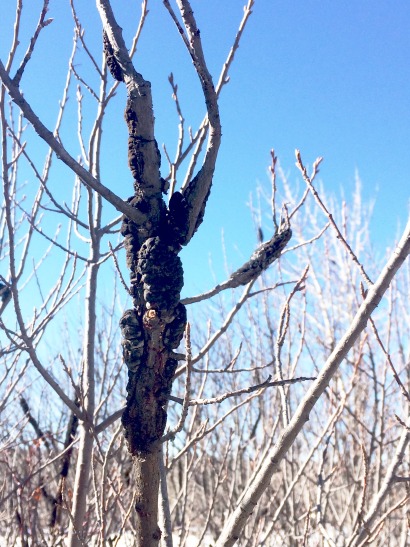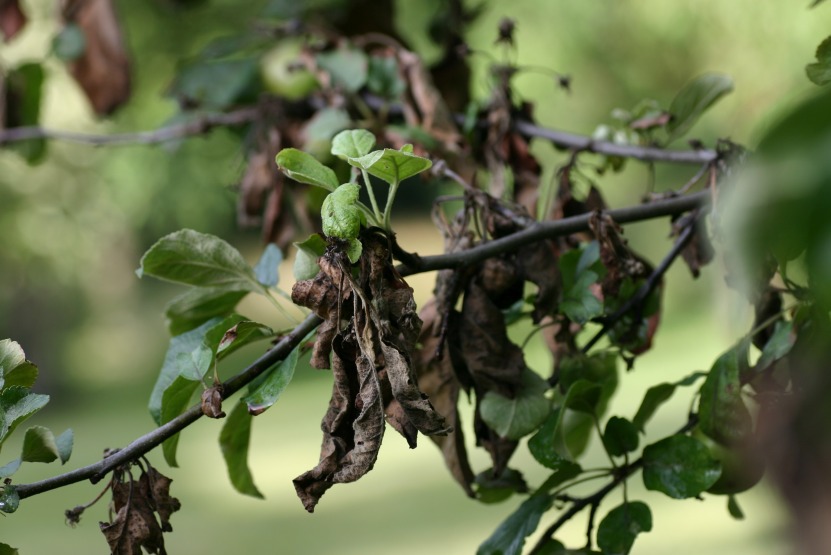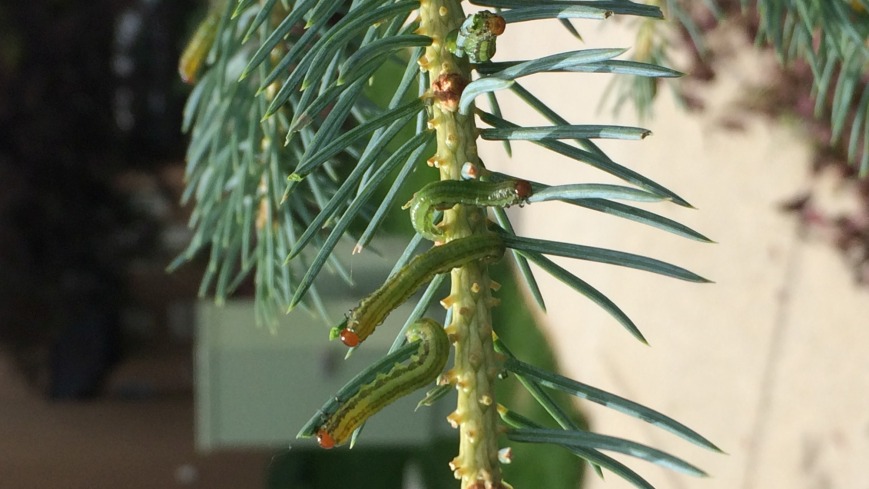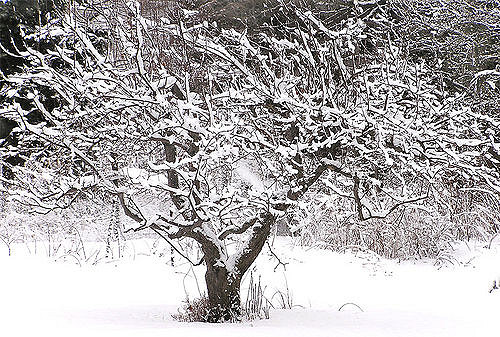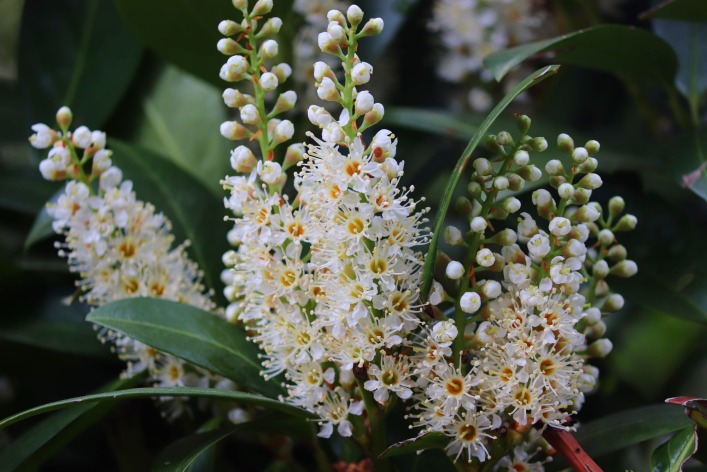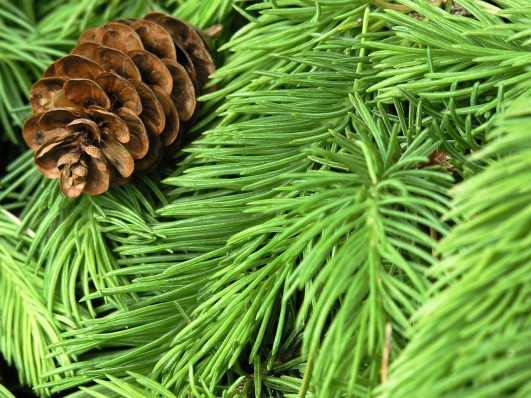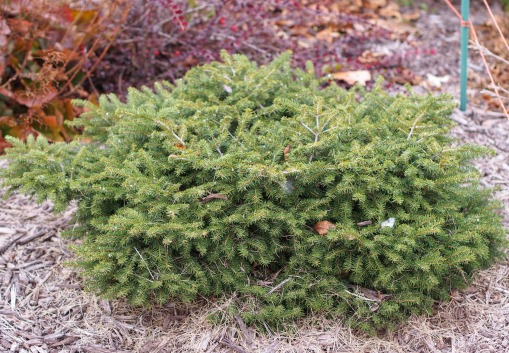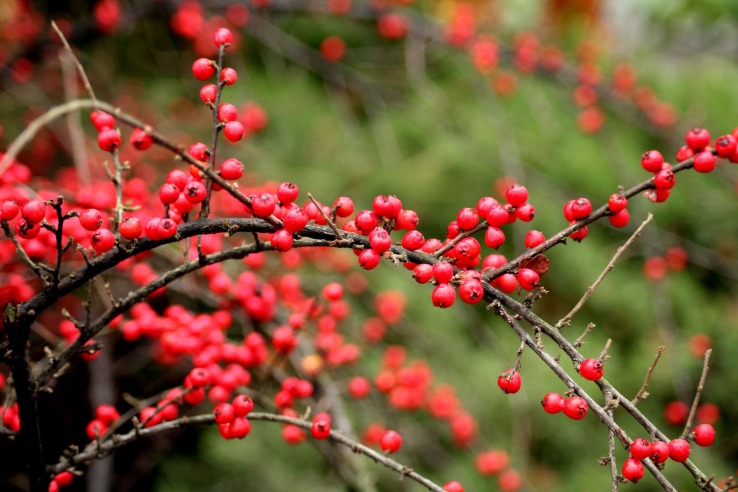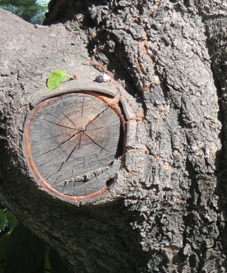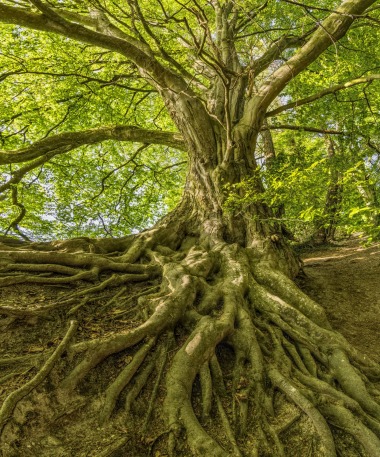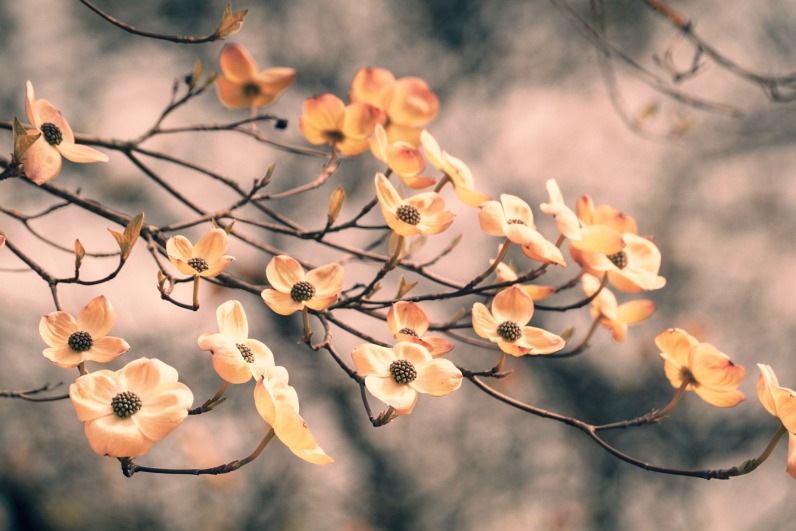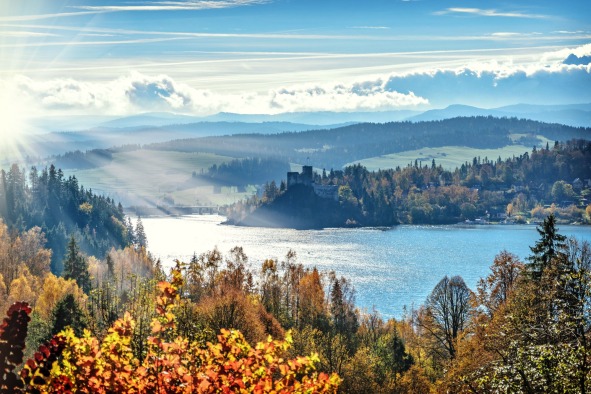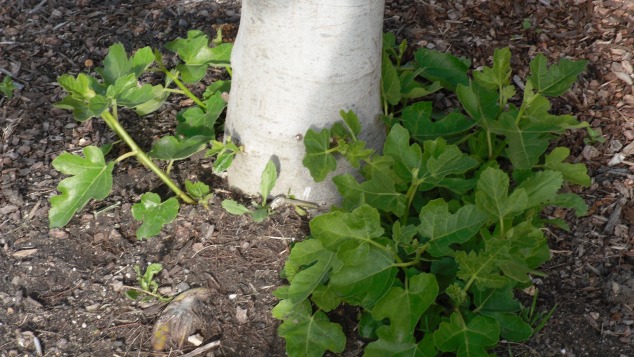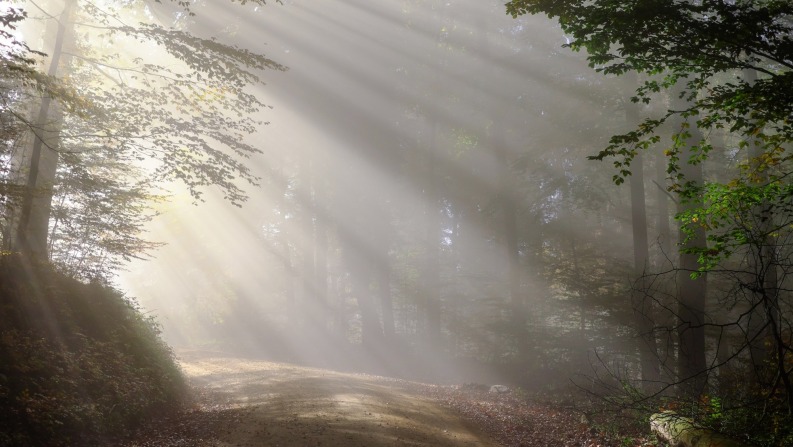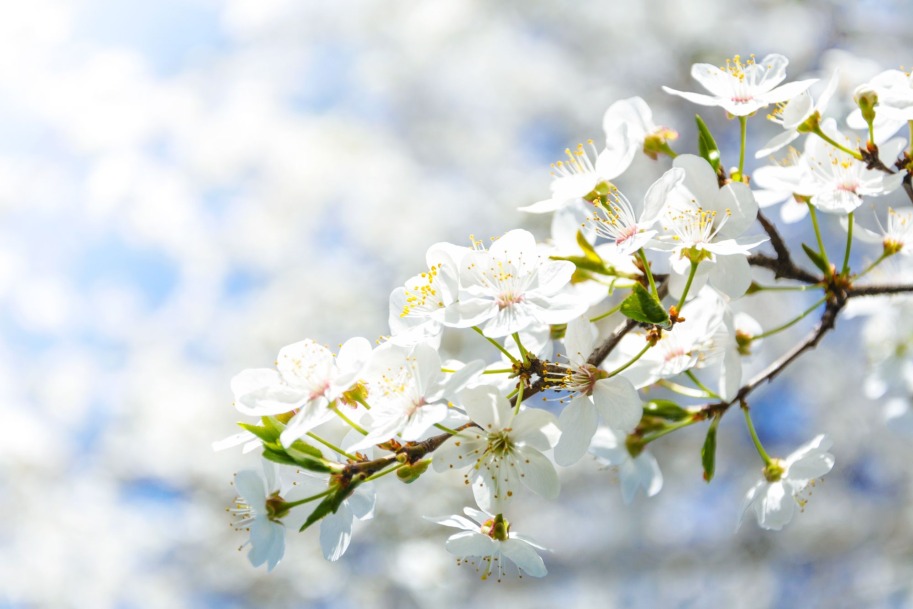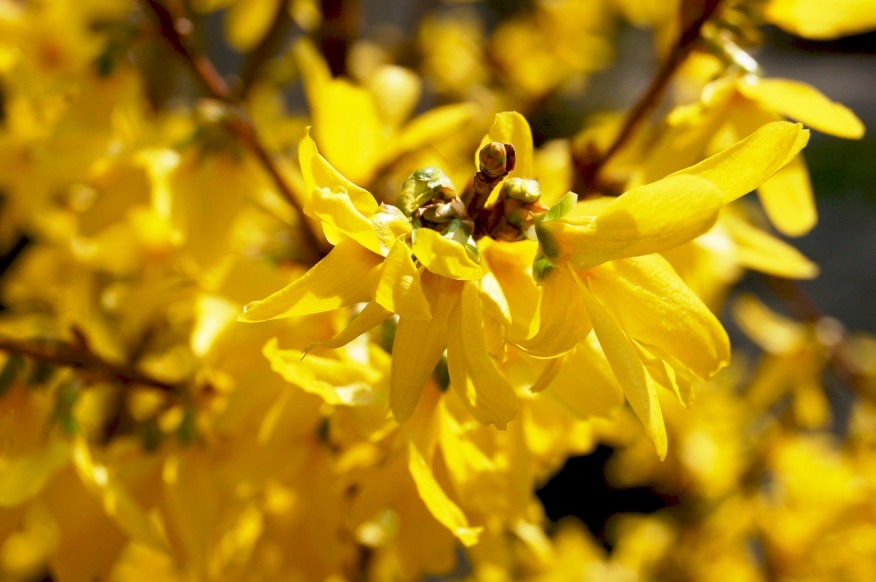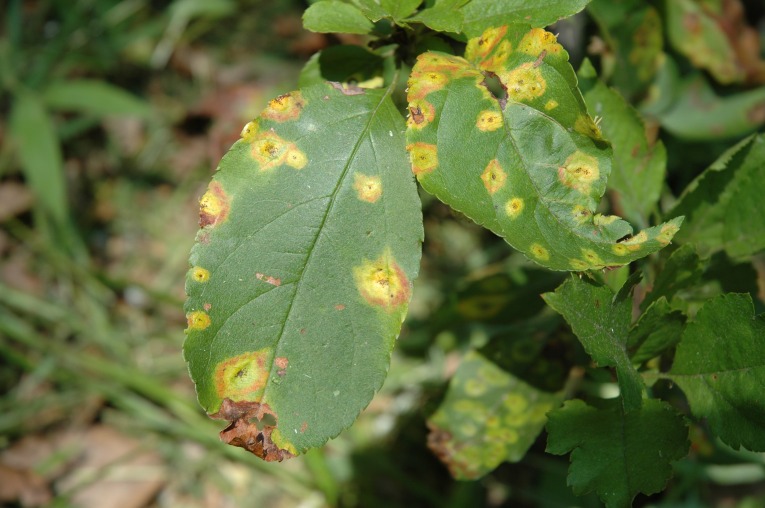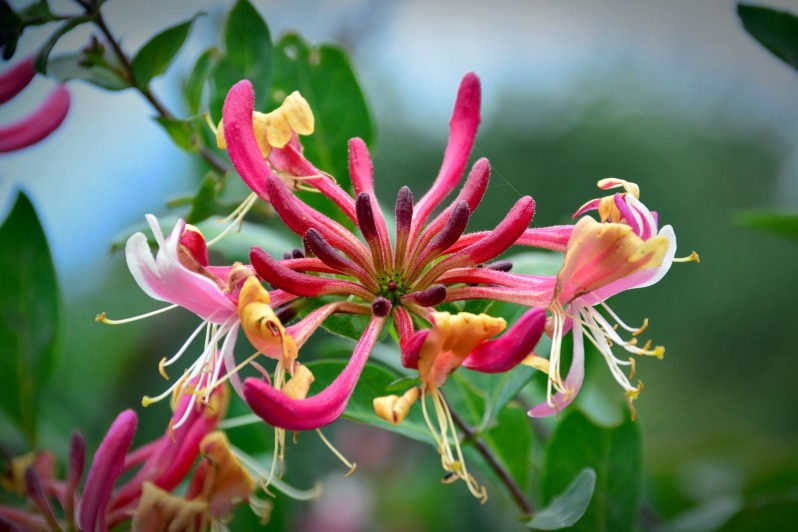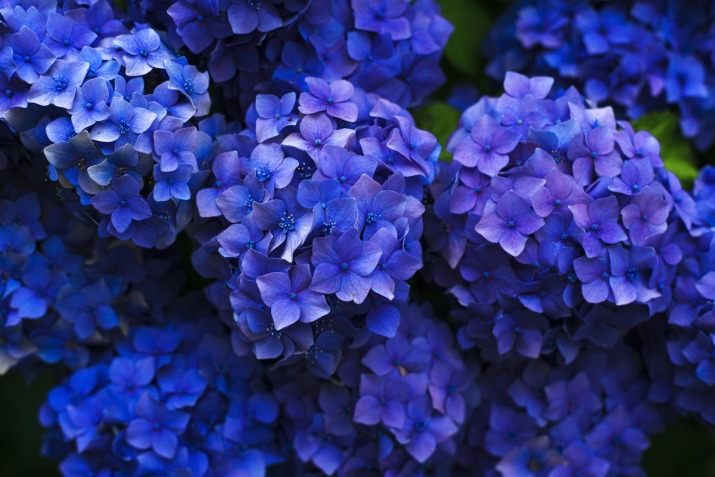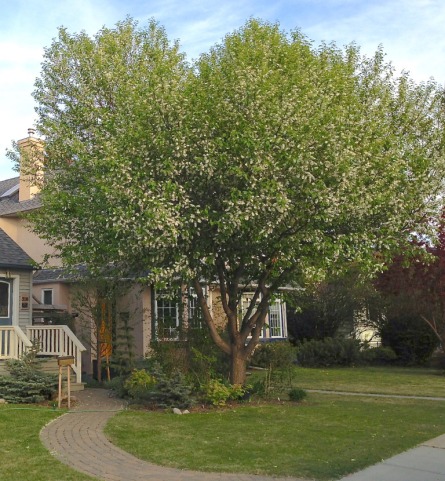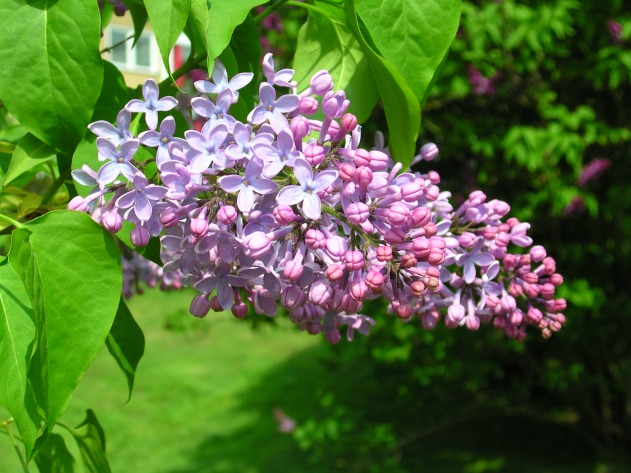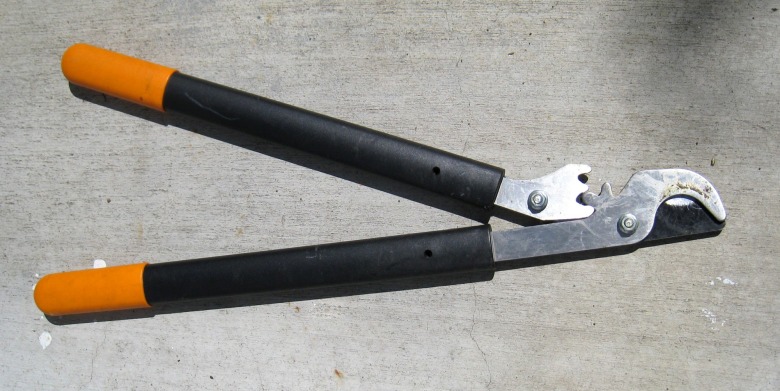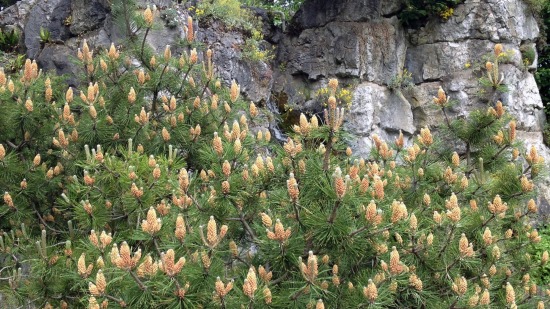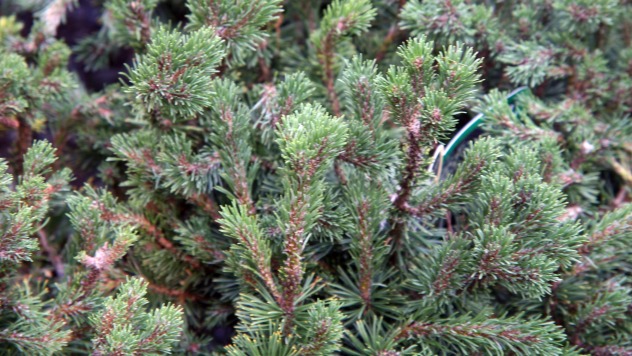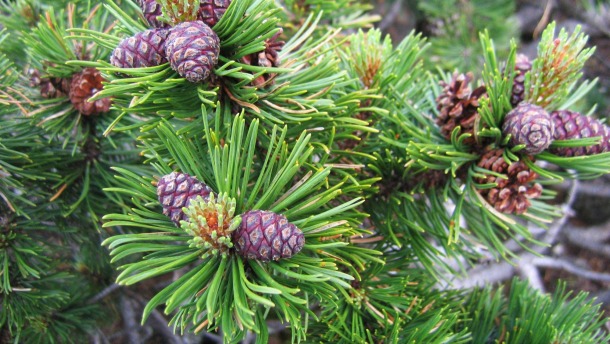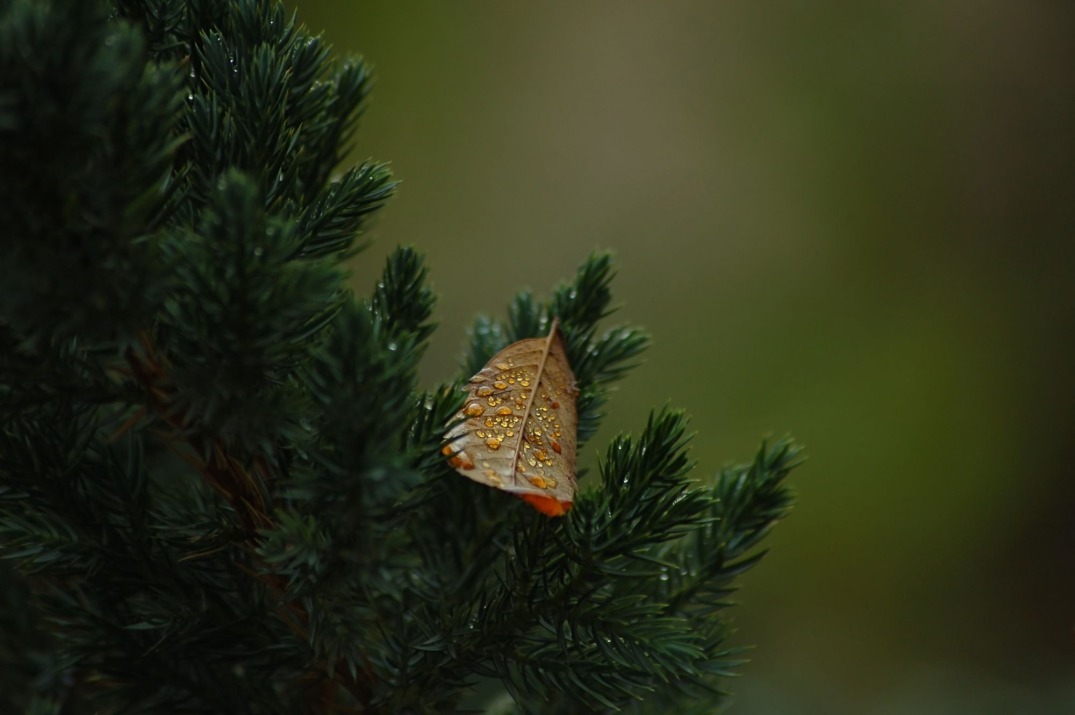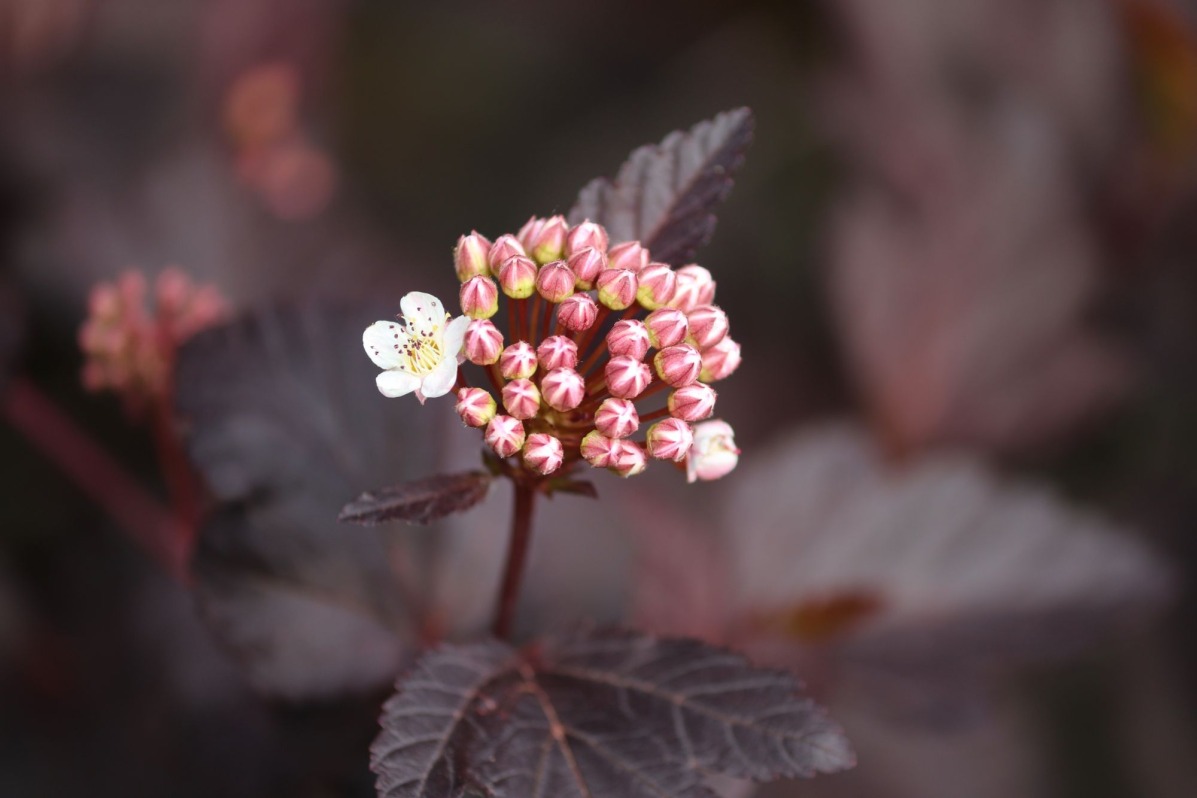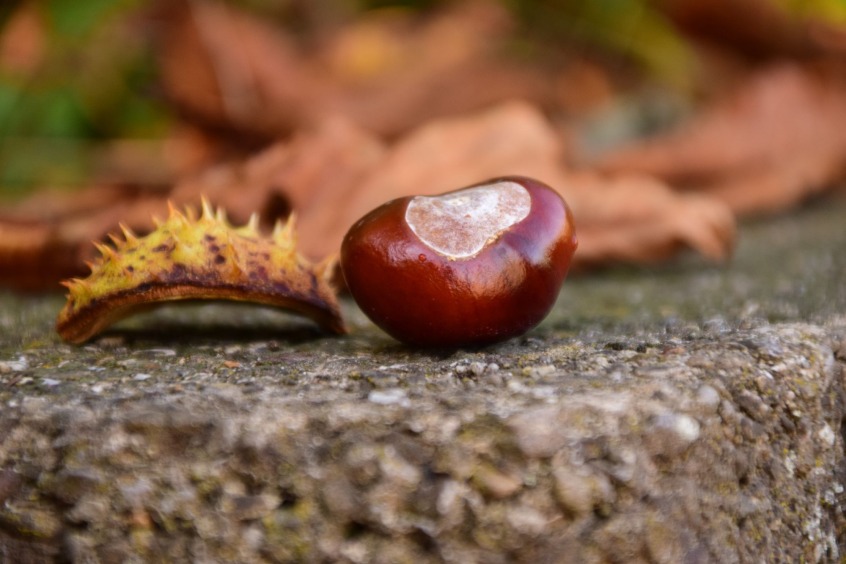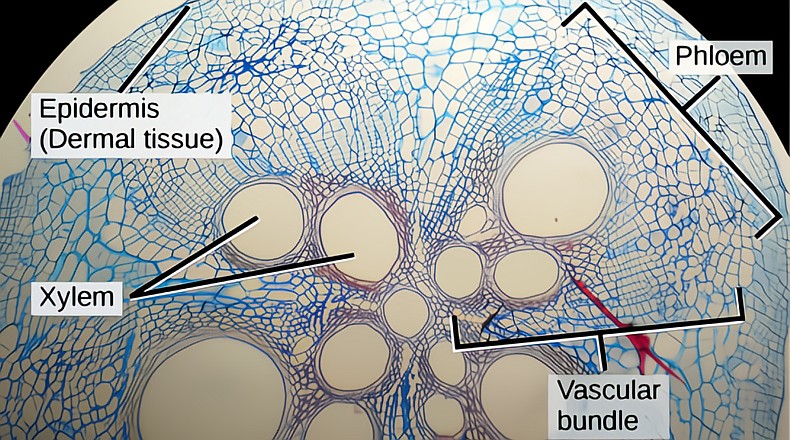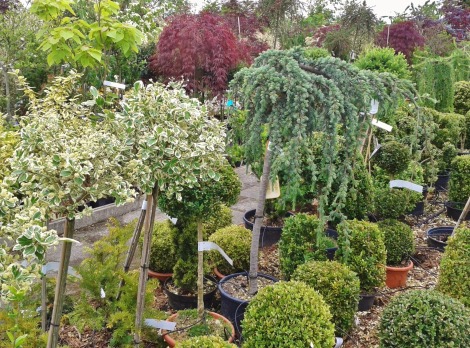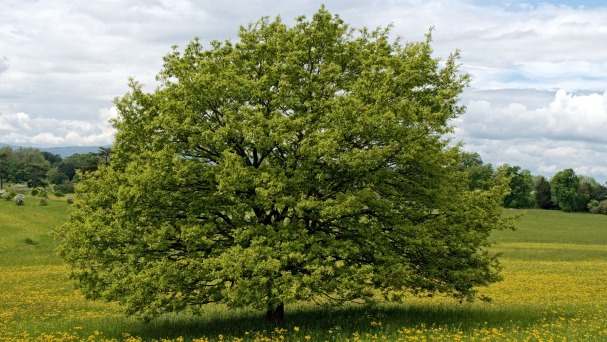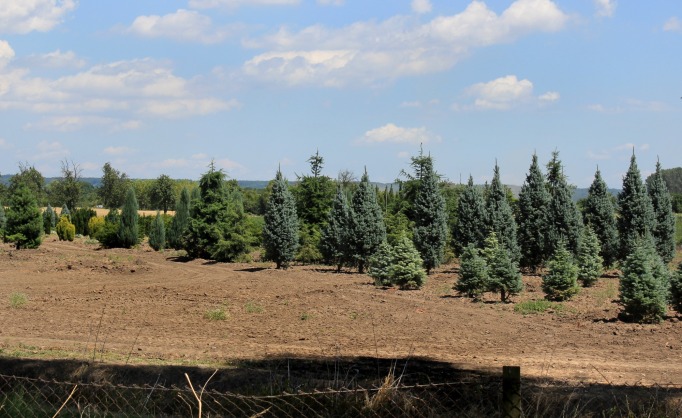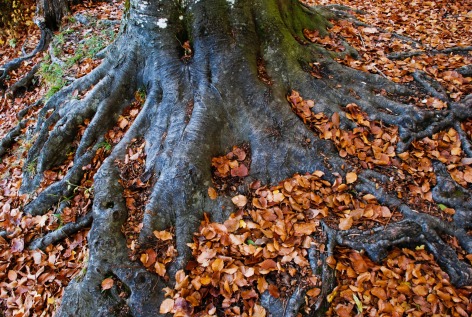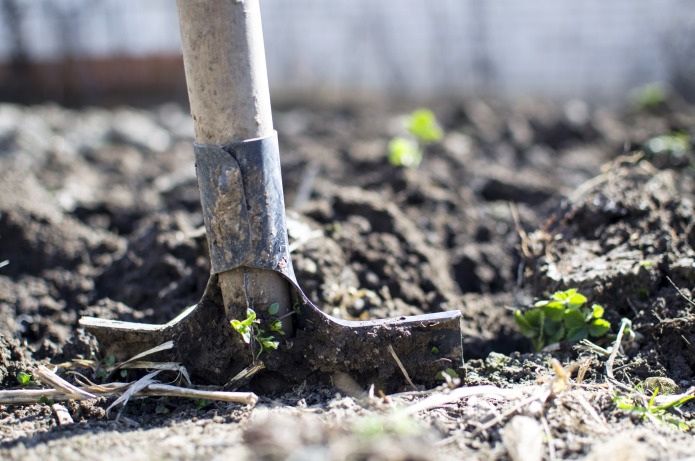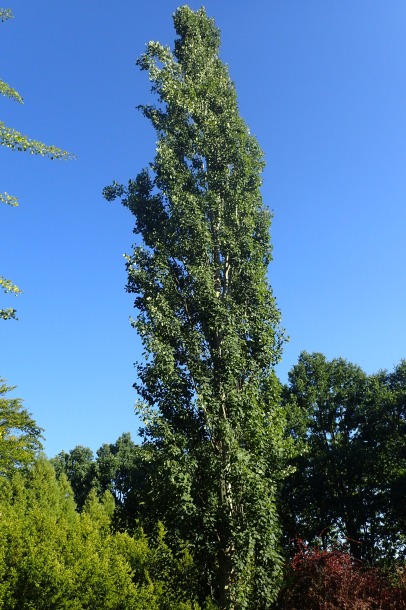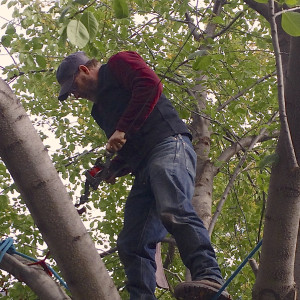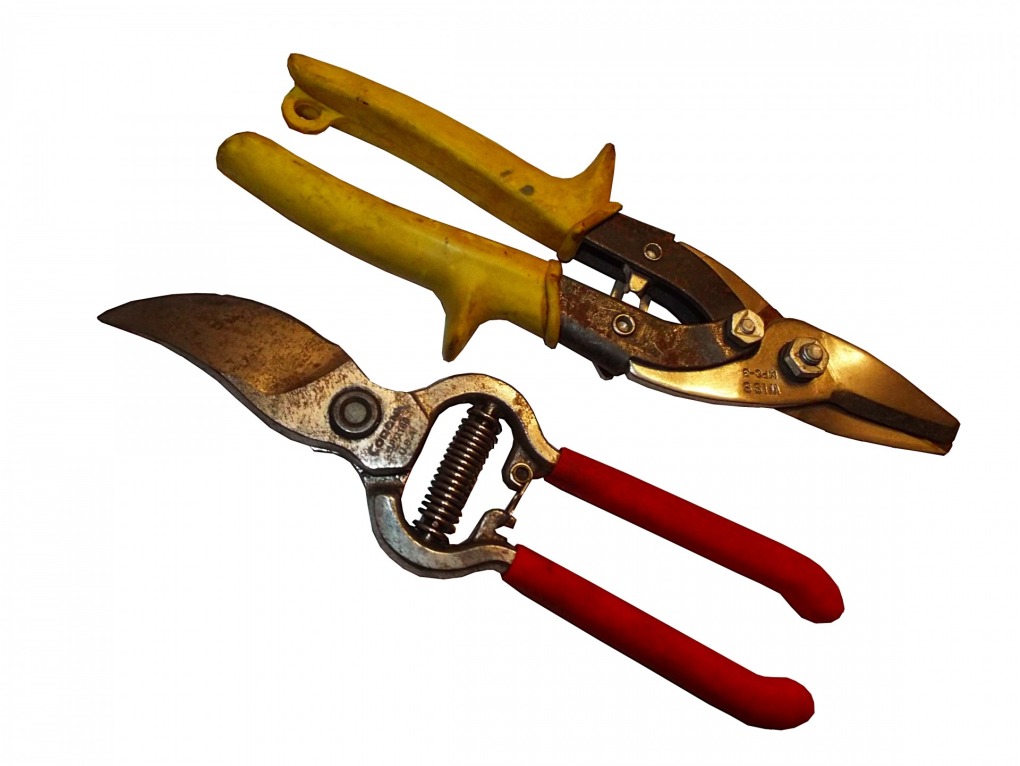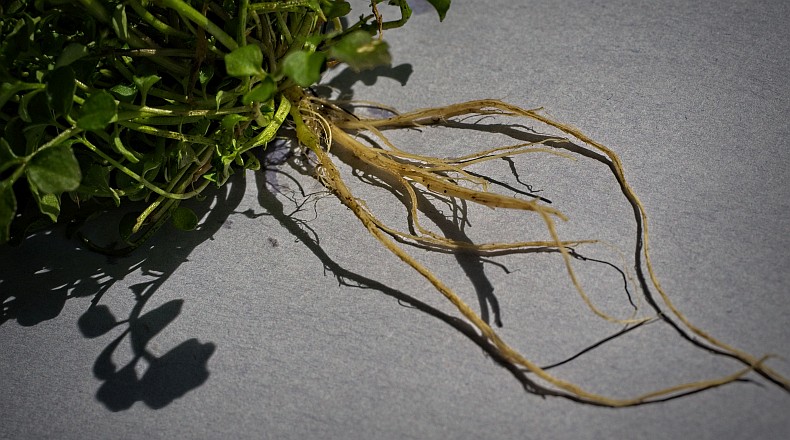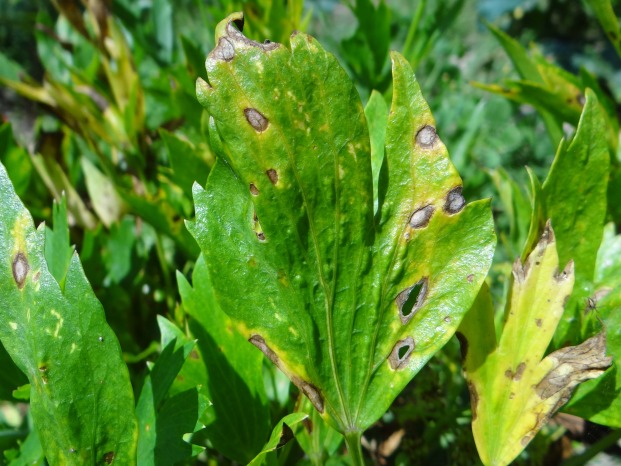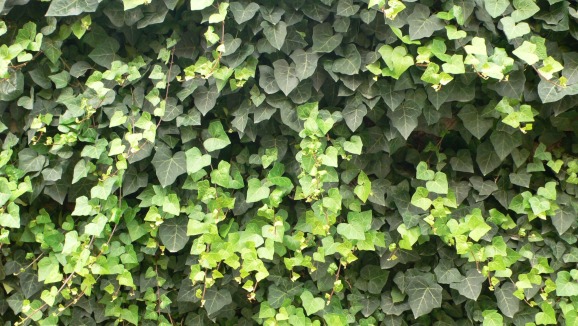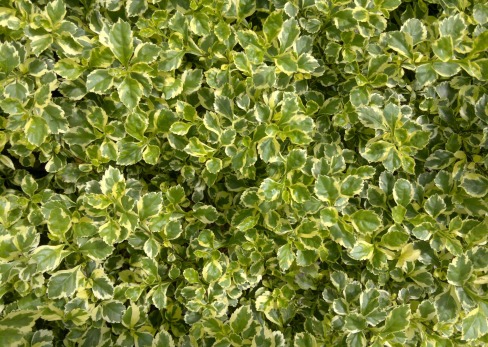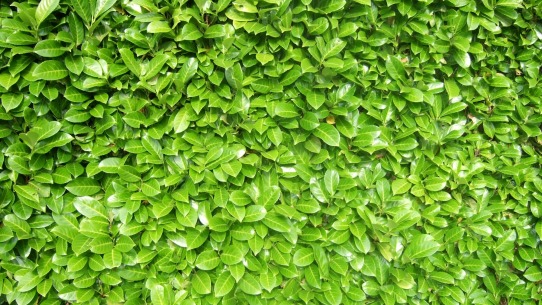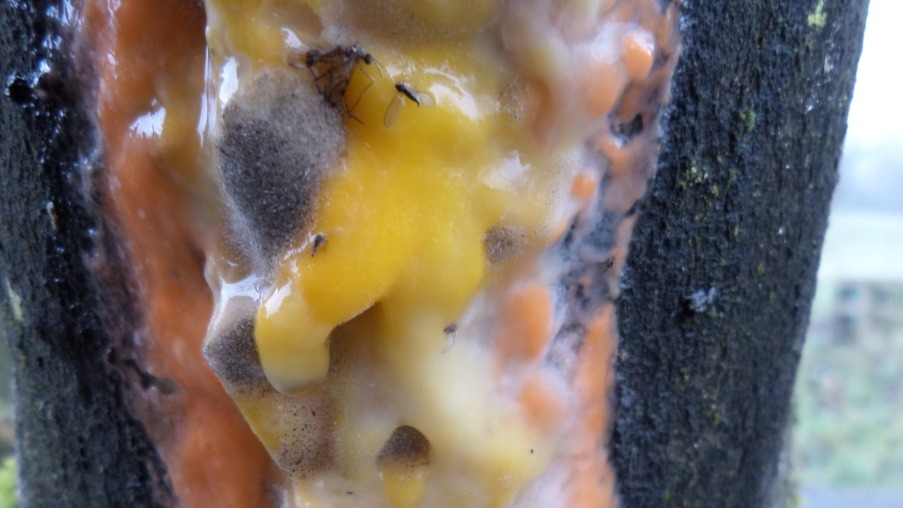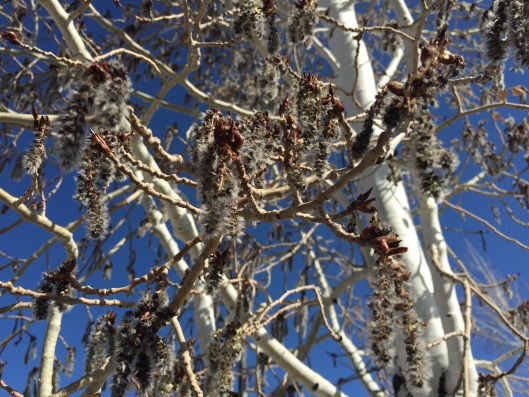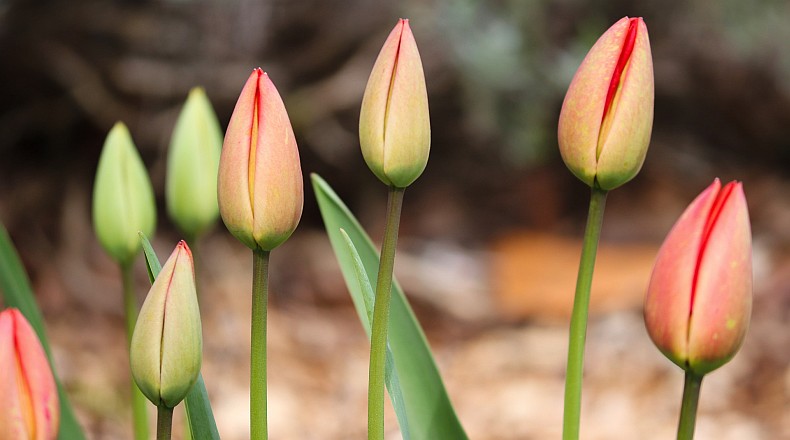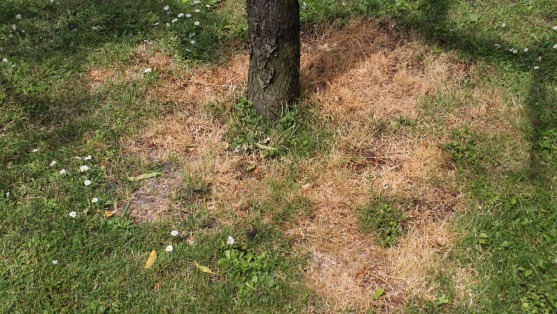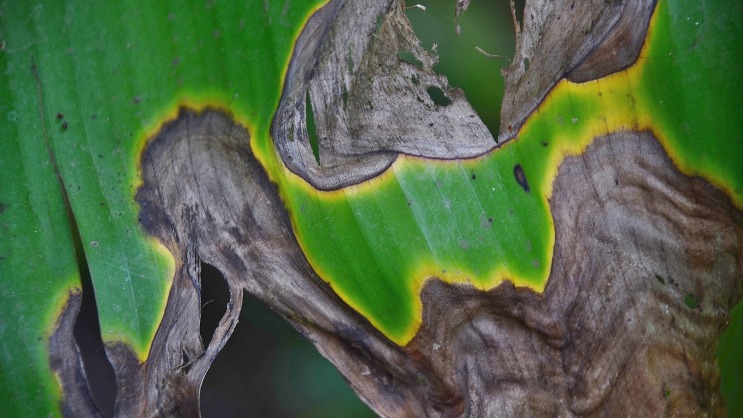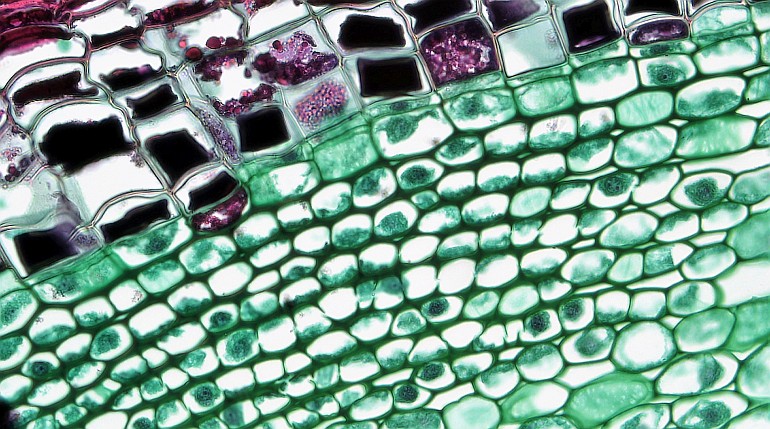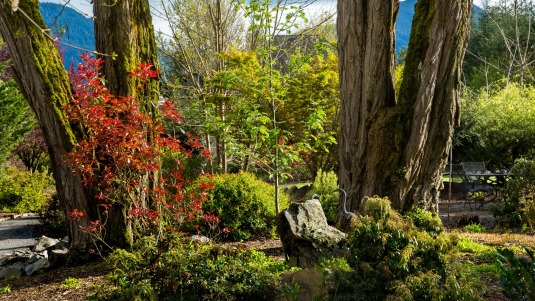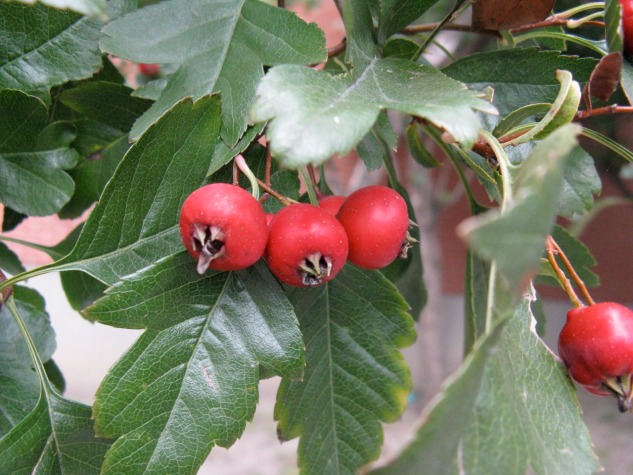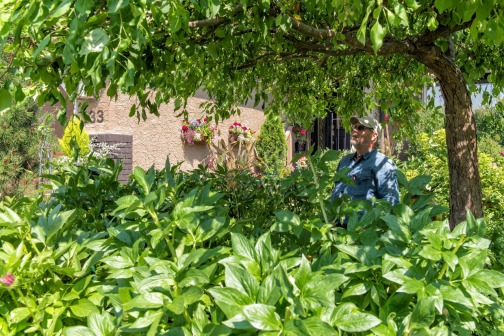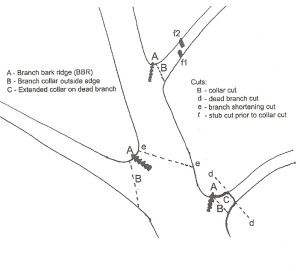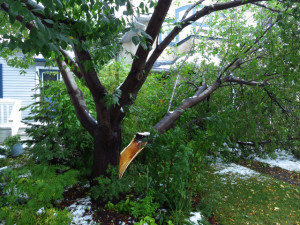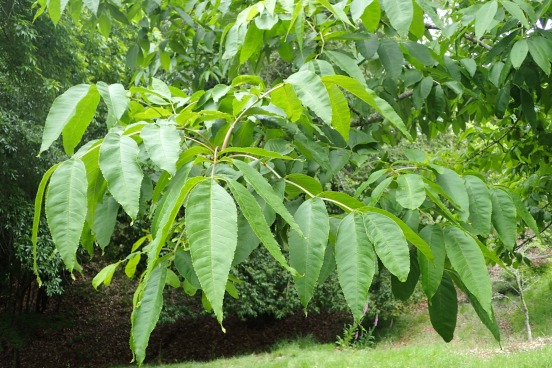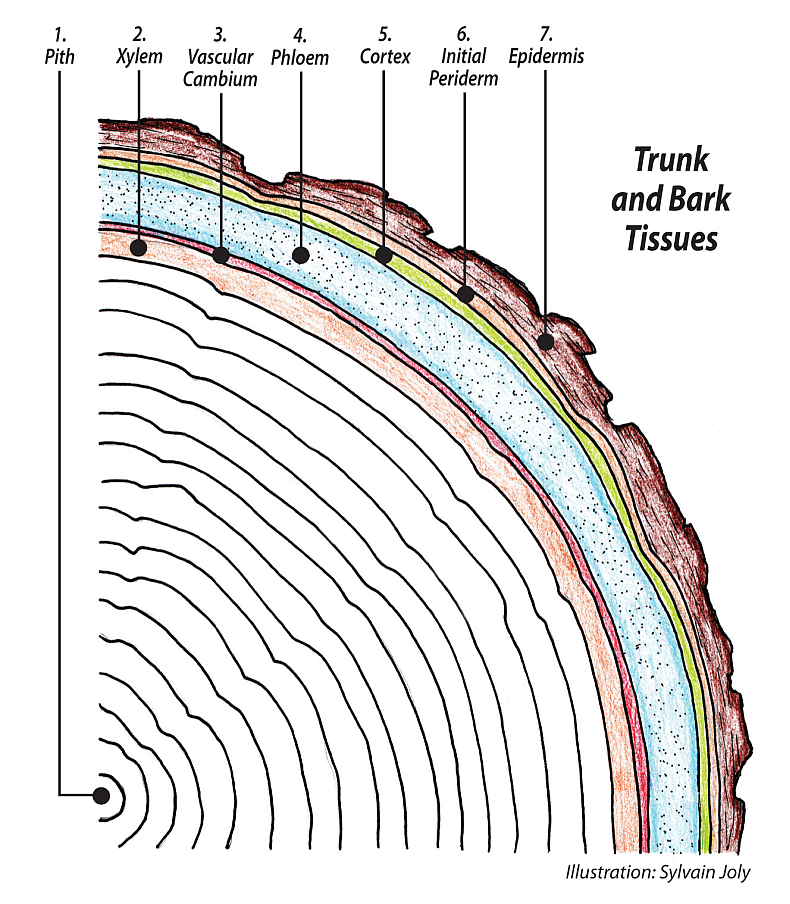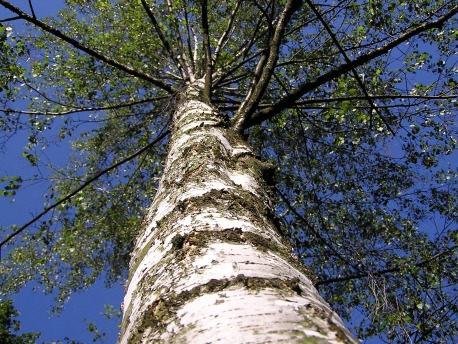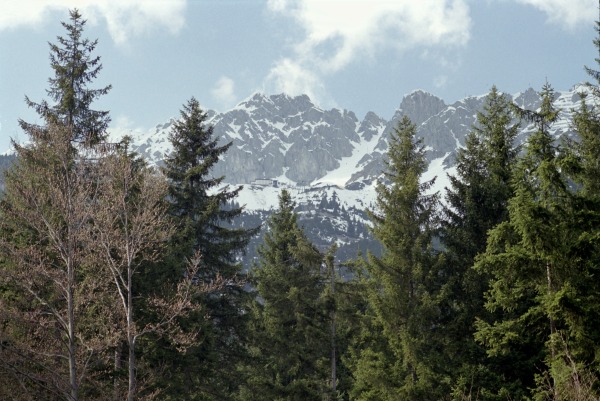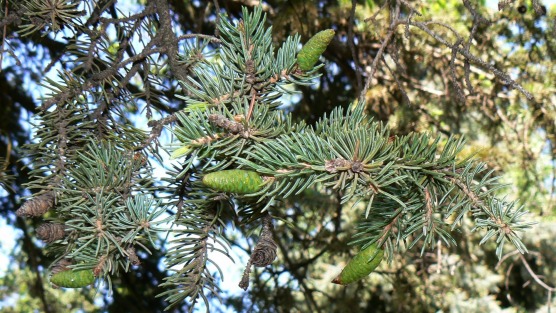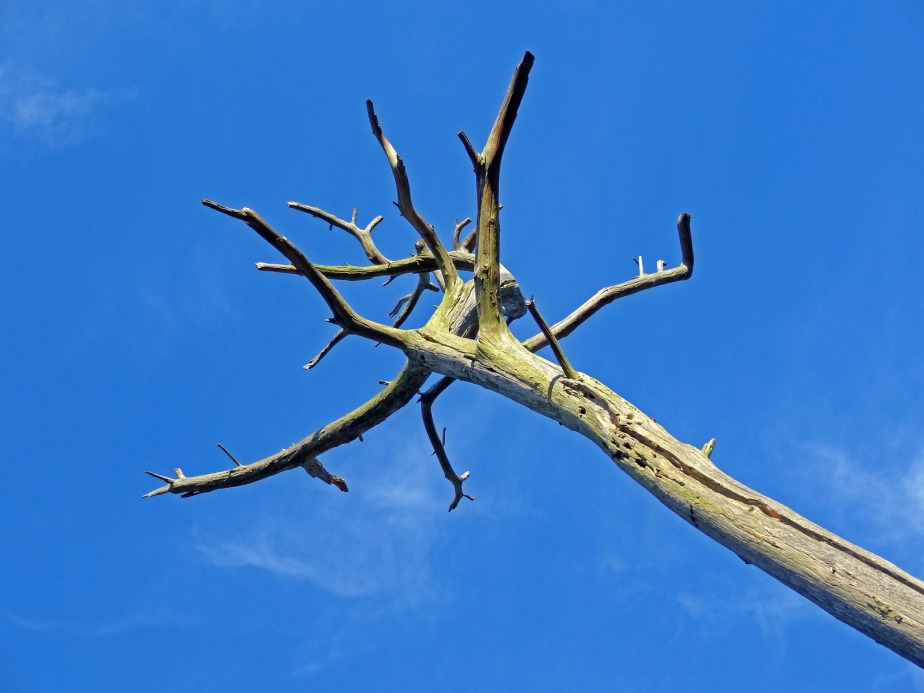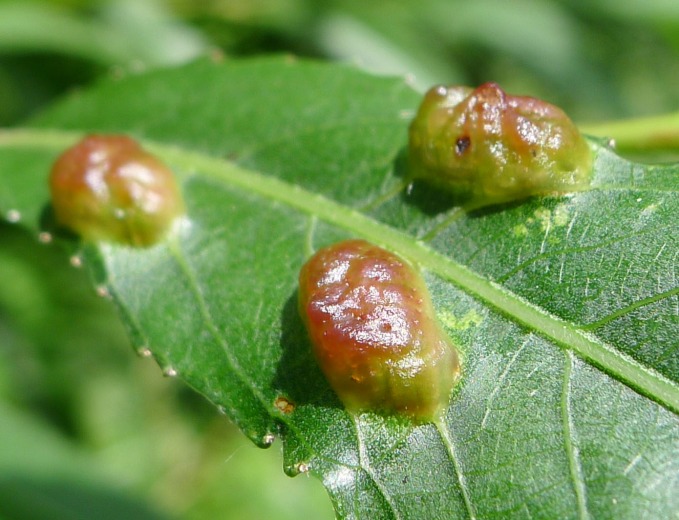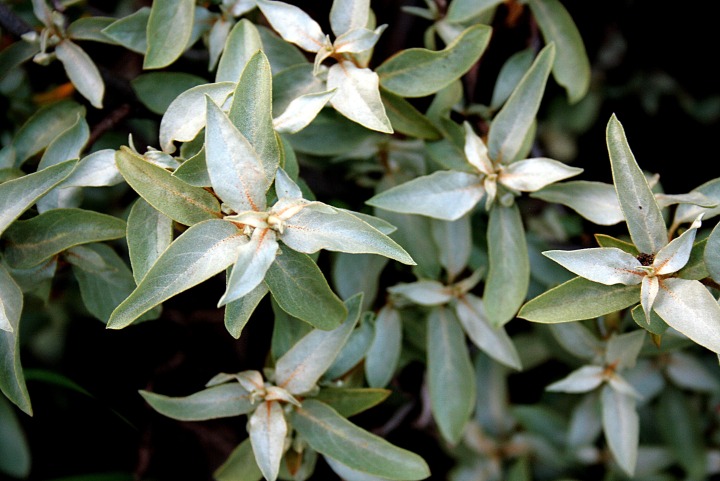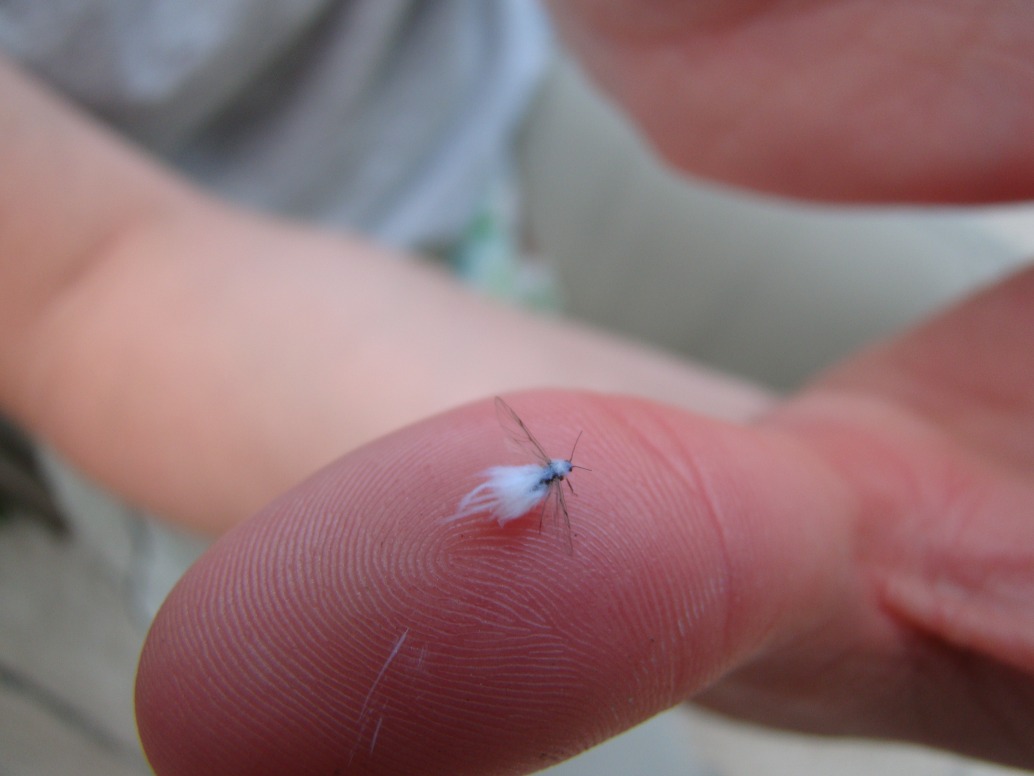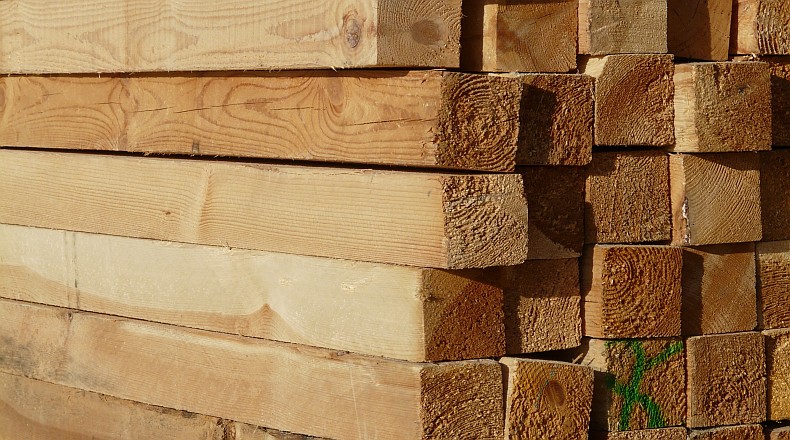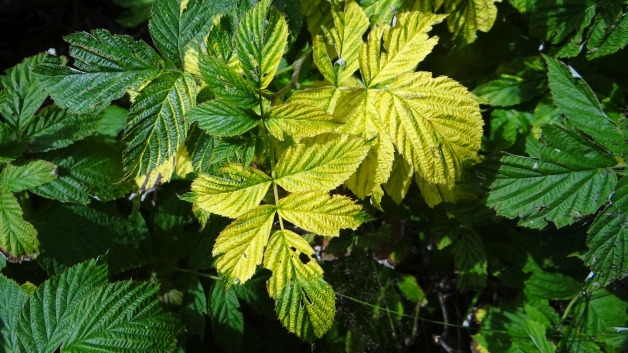Ash (Fraxinus not the mountain ash Sorbus) are an important group of eastern forest hardwoods. Slowly advancing westward after the last ice age, the green ash is native as far west as the beautiful rolling ranch country of southern Saskatchewan. The tree is naturalized there, mainly the result of the annual prolific seed output from the female trees.
Ash are Dioecious plants, with male and female flowers on separate trees. The single winged seeds have an excellent germination rate. You will often find ash volunteers in hidden and neglected spots.
A stalwart westerner, the ash has commonly been used as a shelter belt tree on many prairie farmsteads. In the city it has been used as a street tree from the beginning and the many giant trees in the older neighborhoods are a pleasure to see. The ash is quite drought resistant with a deeper than average root system, which I learned the hard way by once digging one up. It will thrive rather than survive if watered properly, but not without a few problems, Ash are seriously tough trees. Western ash bark beetles can prey heavily; looking back to the early 90s we had a serious infestation in our city (Calgary) and many weak trees were killed. The adult female beetle overwinters in the ground and in spring crawls up the tree to lay her eggs in the upper branches. The larvae need energy and they eat a series of galleries under the bark. Their feeding activity usually extends around the branch, girdling it. Once cut off from its water and nutrient source, the branch dies. You can easily spot larva feeding in their galleries by a sap stain, a dark stain on the bark. I have used this staining to easily identify which branches to prune out. If we do have another population spike, Tanglefoot banding is one way of helping catch the females as they ascend.
Ash trees are to a much lesser degree affected by the ash plant bug, a sap sucker of leaves. It will impart white spots to the leaves. Another uncommon affliction is the fungus called ash yellows.
Plant the male seedless clone called Patmore, water and enjoy for generations.
There are other ash varieties and species that grow or have been grown here. First letès talk about the black and Manchurian ash. Neither of these trees is recommended on the prairies. They had their chance but were unable to match the extreme conditions of the prairies. Between lack of chinook hardiness and being devastated by the cottony ash psyllid, also known as jumping tree lice, neither of these trees should be planted in prairie cities. Another male tree, the prairie spire ash, is a good alternative, a narrower form than the Patmore.
Looking ahead, there will be great trouble for western ash if the emerald ash borer arrives. Serious destruction has occurred in southern Ontario. Control measures including spraying are a possibility.
Ash are Dioecious plants, with male and female flowers on separate trees. The single winged seeds have an excellent germination rate. You will often find ash volunteers in hidden and neglected spots.
A stalwart westerner, the ash has commonly been used as a shelter belt tree on many prairie farmsteads. In the city it has been used as a street tree from the beginning and the many giant trees in the older neighborhoods are a pleasure to see. The ash is quite drought resistant with a deeper than average root system, which I learned the hard way by once digging one up. It will thrive rather than survive if watered properly, but not without a few problems, Ash are seriously tough trees. Western ash bark beetles can prey heavily; looking back to the early 90s we had a serious infestation in our city (Calgary) and many weak trees were killed. The adult female beetle overwinters in the ground and in spring crawls up the tree to lay her eggs in the upper branches. The larvae need energy and they eat a series of galleries under the bark. Their feeding activity usually extends around the branch, girdling it. Once cut off from its water and nutrient source, the branch dies. You can easily spot larva feeding in their galleries by a sap stain, a dark stain on the bark. I have used this staining to easily identify which branches to prune out. If we do have another population spike, Tanglefoot banding is one way of helping catch the females as they ascend.
Ash trees are to a much lesser degree affected by the ash plant bug, a sap sucker of leaves. It will impart white spots to the leaves. Another uncommon affliction is the fungus called ash yellows.
Plant the male seedless clone called Patmore, water and enjoy for generations.
There are other ash varieties and species that grow or have been grown here. First letès talk about the black and Manchurian ash. Neither of these trees is recommended on the prairies. They had their chance but were unable to match the extreme conditions of the prairies. Between lack of chinook hardiness and being devastated by the cottony ash psyllid, also known as jumping tree lice, neither of these trees should be planted in prairie cities. Another male tree, the prairie spire ash, is a good alternative, a narrower form than the Patmore.
Looking ahead, there will be great trouble for western ash if the emerald ash borer arrives. Serious destruction has occurred in southern Ontario. Control measures including spraying are a possibility.
(Photo credit: “Green_Ash_-_Flickr_-_treegrow_(1)" by Katja Schulz, licensed under CC BY 2.0.)

